Corn Flowers and Removing the top tassel
scarletdaisies
13 years ago
Related Stories

GARDENING GUIDESTop 12 Summer-Blooming Perennials for Deer-Resistant Drama
Can you have garden color, fragrance and exciting foliage with hungry deer afoot? These beauties say yes
Full Story
CONTAINER GARDENS7 Deer-Resistant Flowers for Your Summer Containers
Grow these as protection for edibles or just for their colorful beauty — deer might not like them, but everyone else will
Full Story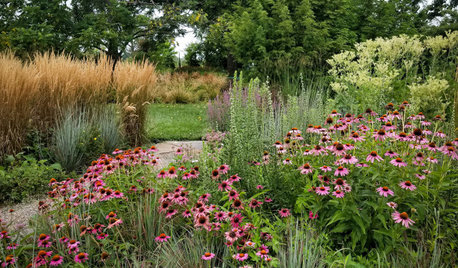
FALL GARDENING20 Favorite Flowers for the Fall Landscape
Vivid blooms and striking shapes make these annuals and perennials a delight in autumn gardens
Full Story
HOUSEPLANTS10 Top Plants to Grow Indoors
Brighten a room and clean the air with a houseplant that cascades artfully, stretches toward the ceiling or looks great on a wall
Full Story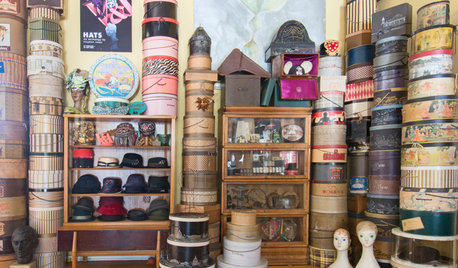
MY HOUZZMy Houzz: A Hat Collection in Los Angeles That’s Hard to Top
A makeup artist’s lifelong passion for designer hats lends eccentric charm to her apartment in the NoHo arts district
Full Story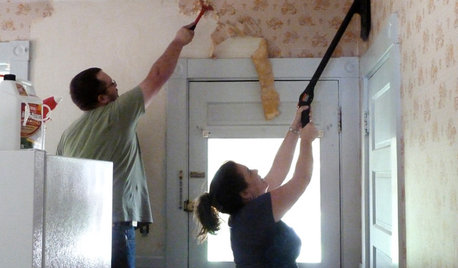
DECORATING GUIDESHow to Remove Wallpaper in 4 Steps
Learn the best way to remove wallpaper with only water (and elbow grease) so your next wall treatment will look great
Full Story
SELLING YOUR HOUSEA Moving Diary: Lessons From Selling My Home
After 79 days of home cleaning, staging and — at last — selling, a mom comes away with a top must-do for her next abode
Full Story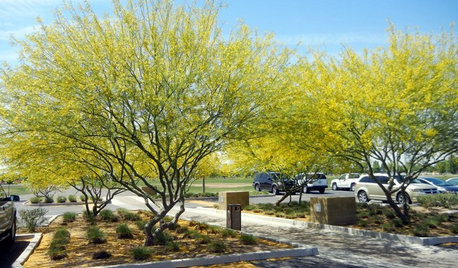
SOUTHWEST GARDENINGSouthwest Gardener's May Checklist
Let May's warm temperatures guide your edible and flowering garden plantings, and don't forget to protect and prune your picks
Full Story
EDIBLE GARDENSSummer Crops: How to Grow Squash
Almost foolproof and with cheerful flowers, squash comes in a wide range of varieties to plant in spring
Full Story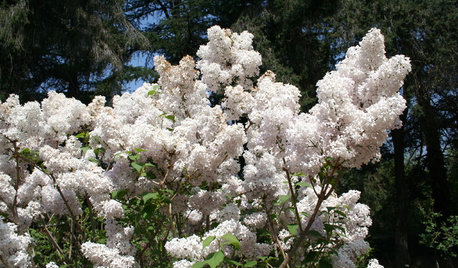
REGIONAL GARDEN GUIDESPacific Northwest Gardener: What to Do in April
Get ready for annual flowers and watch out for snails to ensure a bountiful garden now through summer
Full StoryMore Discussions








sandhill_farms
scarletdaisiesOriginal Author
Related Professionals
Prairie Ridge Landscape Architects & Landscape Designers · Wakefield Landscape Contractors · Waterbury Landscape Contractors · Edmond Landscape Contractors · Bound Brook Landscape Contractors · Fishers Landscape Contractors · Selden Landscape Contractors · Thonotosassa Landscape Contractors · Woodburn Landscape Contractors · Tyngsboro Landscape Contractors · North Aurora Landscape Contractors · Maplewood Landscape Contractors · Alexandria Driveway Installation & Maintenance · Beaumont Driveway Installation & Maintenance · Winston-Salem Driveway Installation & Maintenancedigdirt2
fruitnut Z7 4500ft SW TX
scarletdaisiesOriginal Author
fruitnut Z7 4500ft SW TX
scarletdaisiesOriginal Author
rhizo_1 (North AL) zone 7
instar8
nc_crn
instar8
sandhill_farms
nc_crn
scarletdaisiesOriginal Author
wobblerlorri
wayne_5 zone 6a Central Indiana
phytolacca
scarletdaisiesOriginal Author